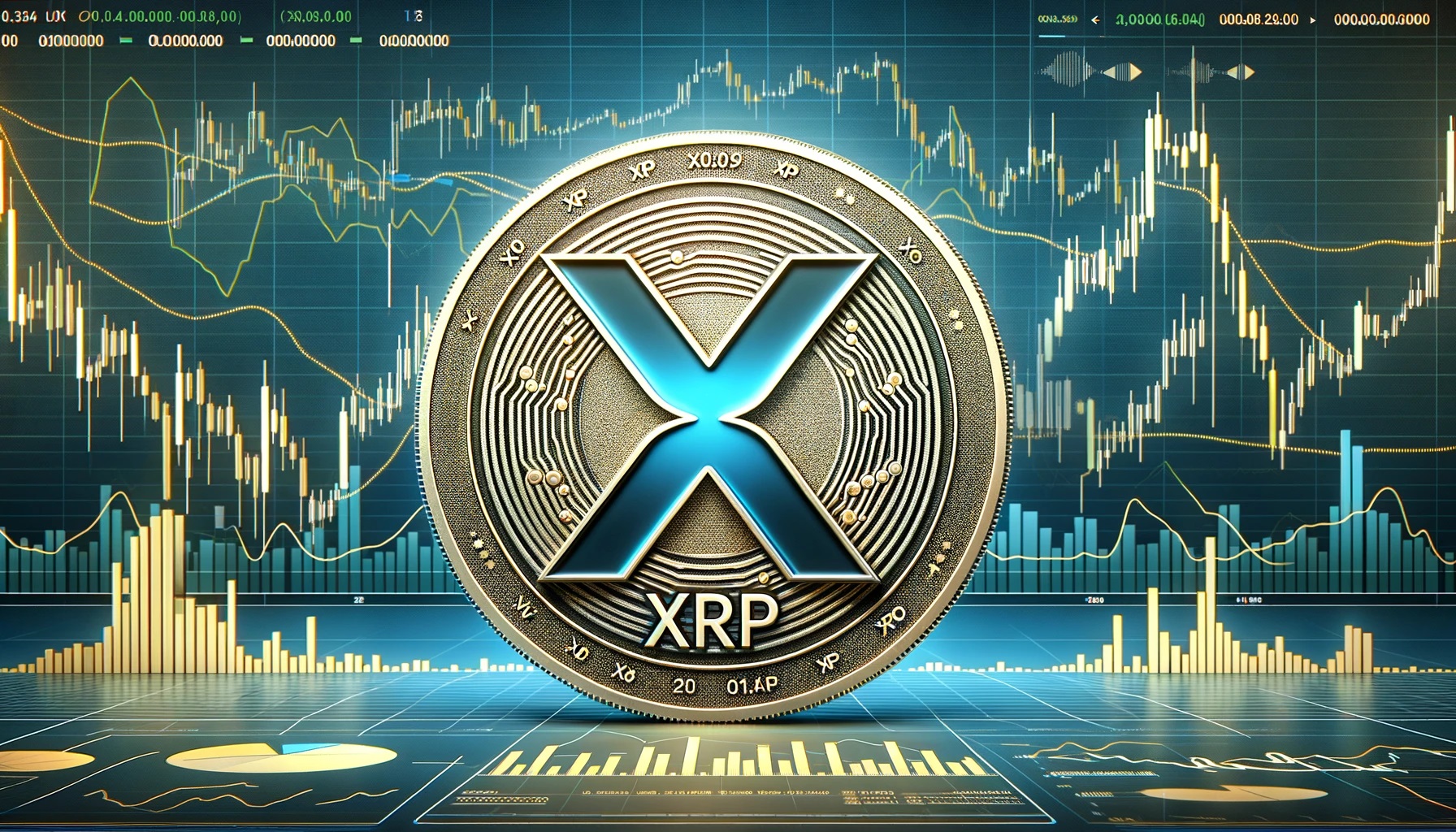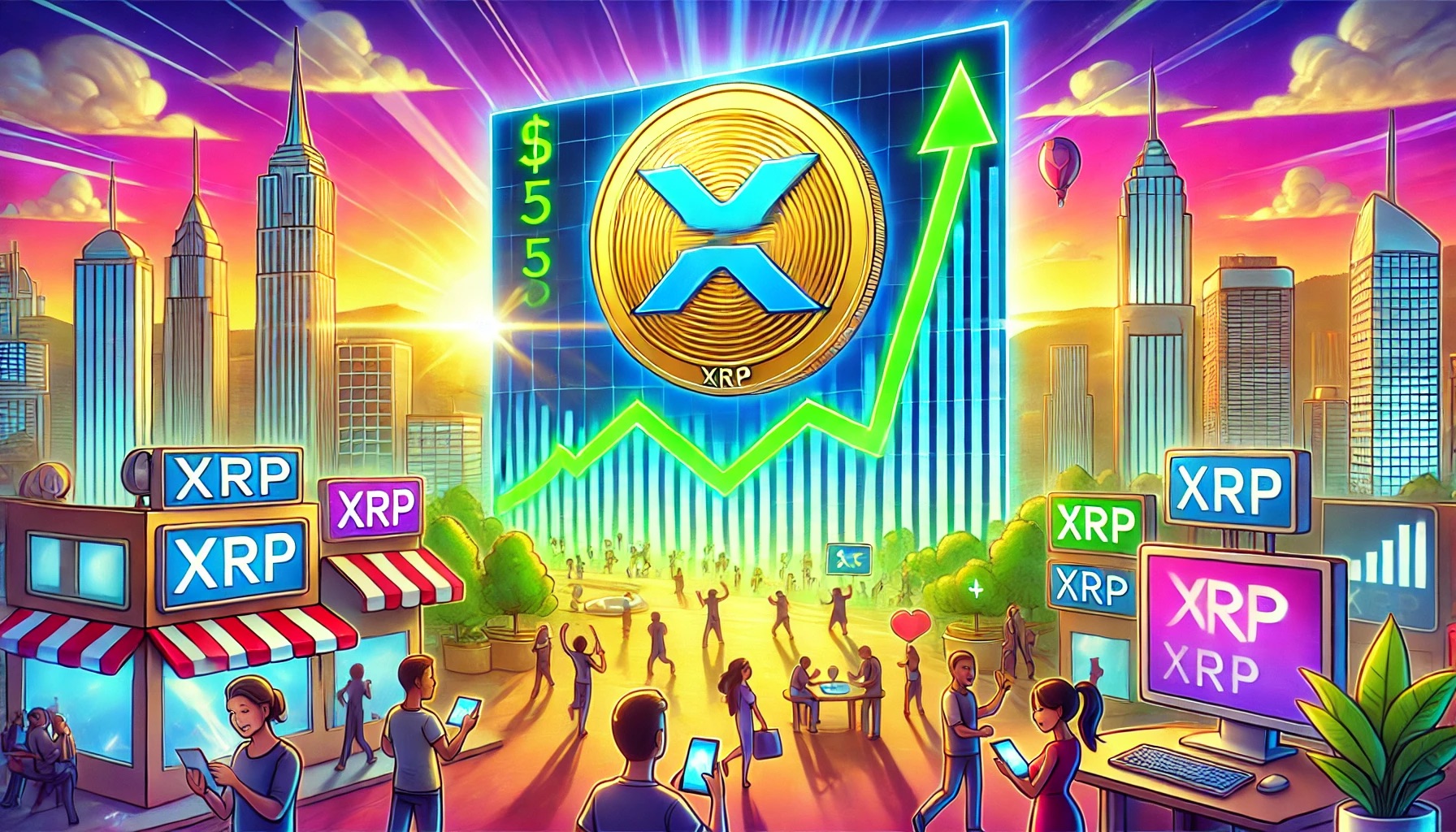XRP has emerged as one of the most promising digital currencies in the world of cryptocurrencies. Designed for fast and low-cost transactions, XRP is revolutionizing the way financial institutions and individuals handle cross-border payments. As the demand for efficient and secure digital payment solutions continues to grow, XRP stands out as a leading contender in the global market.
XRP is more than just another cryptocurrency; it represents a shift in how we perceive digital transactions. Unlike traditional banking systems, XRP offers near-instant settlement times and significantly lower transaction fees, making it an attractive option for both businesses and consumers. This article will delve into the intricacies of XRP, its benefits, challenges, and its potential to reshape the financial landscape.
Whether you're a seasoned investor or a newcomer to the world of cryptocurrencies, understanding XRP is crucial. This article will provide comprehensive insights into its technology, adoption, and future prospects. Let's explore why XRP has captured the attention of financial experts and enthusiasts alike.
Read also:Oksana Grigorieva Net Worth A Comprehensive Look At Her Wealth Career And Achievements
Table of Contents
- Introduction to XRP
- XRP Technology
- XRP Use Cases
- XRP vs Other Cryptocurrencies
- XRP Adoption
- XRP Regulatory Landscape
- XRP Market Performance
- XRP Security
- XRP Future Potential
- Conclusion
Introduction to XRP
XRP is a digital asset created by Ripple Labs, a company founded in 2012. It operates on the XRP Ledger, an open-source blockchain platform designed for fast and efficient transactions. XRP's primary purpose is to facilitate cross-border payments, addressing the inefficiencies of traditional banking systems.
What makes XRP unique? Unlike many other cryptocurrencies, XRP is not mined. Instead, its supply is pre-mined and distributed gradually. This design choice contributes to its speed and scalability, as the XRP Ledger can process up to 1,500 transactions per second, far exceeding the capabilities of Bitcoin and Ethereum.
The adoption of XRP by financial institutions and payment providers highlights its potential to transform the global payment ecosystem. Its ability to settle transactions in under four seconds makes it an ideal solution for real-time payments, reducing the need for intermediaries and lowering costs.
Benefits of XRP
- Fast transaction times (under 4 seconds)
- Low transaction fees (typically less than $0.001)
- Scalability with the ability to handle thousands of transactions per second
- No need for mining, resulting in lower energy consumption
- Interoperability with existing financial systems
XRP Technology
The XRP Ledger is the backbone of XRP's operations. It is a decentralized blockchain that utilizes a consensus mechanism called the Ripple Protocol Consensus Algorithm (RPCA). Unlike proof-of-work or proof-of-stake, RPCA allows validators to agree on the validity of transactions quickly and efficiently.
How does RPCA work? Validators, which are trusted nodes on the network, propose transaction sets. These sets are then validated by a supermajority of validators, ensuring that only legitimate transactions are included in the ledger. This process eliminates the need for energy-intensive mining, making XRP more environmentally friendly compared to other cryptocurrencies.
The XRP Ledger also supports smart contracts and decentralized applications (dApps), further expanding its utility beyond just payments. Developers can leverage the platform to create innovative solutions that leverage XRP's speed and efficiency.
Read also:Ds Emulator For Ios The Ultimate Guide To Playing Nintendo Ds Games On Your Iphone
Key Features of the XRP Ledger
- Decentralized and open-source
- Support for multiple currencies and assets
- Atomic Cross-Currency Transactions (XRCT)
- Escrow and payment channels for secure transactions
XRP Use Cases
XRP's versatility makes it suitable for various use cases, particularly in the financial sector. Its ability to facilitate cross-border payments has garnered significant attention from banks and payment providers seeking to streamline their operations.
Here are some of the most prominent use cases of XRP:
- On-Demand Liquidity (ODL): XRP enables financial institutions to access liquidity in real-time, eliminating the need for pre-funded nostro/vostro accounts. This reduces capital requirements and increases operational efficiency.
- Remittances: XRP is ideal for individuals sending money across borders, offering faster and cheaper alternatives to traditional remittance services.
- Microtransactions: With its low fees, XRP is well-suited for microtransactions, such as tipping content creators or paying for digital goods and services.
Beyond payments, XRP's integration with the Internet of Things (IoT) and decentralized finance (DeFi) ecosystems opens up new possibilities for innovation. As more industries adopt blockchain technology, XRP's role as a settlement currency becomes increasingly significant.
XRP vs Other Cryptocurrencies
While XRP shares some similarities with other cryptocurrencies, it stands out in several key areas. Unlike Bitcoin, which focuses on being a store of value, and Ethereum, which emphasizes smart contracts, XRP is primarily designed for payments and liquidity solutions.
Comparison of XRP with Bitcoin and Ethereum:
| Feature | XRP | Bitcoin | Ethereum |
|---|---|---|---|
| Transaction Speed | Under 4 seconds | 10 minutes | 12-15 seconds |
| Transaction Fee | $0.0001 | $10+ (varies) | $1-5 (varies) |
| Consensus Mechanism | RPCA | Proof-of-Work | Proof-of-Stake |
XRP's focus on speed and efficiency makes it a better choice for real-world applications, particularly in the realm of cross-border payments. Its unique consensus mechanism also sets it apart from other cryptocurrencies, offering a more sustainable and scalable solution.
XRP Adoption
XRP has gained significant traction among financial institutions and payment providers worldwide. Companies such as MoneyGram, Western Union, and numerous banks have partnered with Ripple to explore the potential of XRP in their operations.
Key adopters of XRP:
- MoneyGram: Integrated XRP for cross-border payments through Ripple's ODL
- Western Union: Conducted trials using XRP to improve payment efficiency
- Banks: Several banks in Asia, Europe, and North America have adopted XRP for liquidity solutions
The growing adoption of XRP is a testament to its effectiveness in addressing the challenges of the global payment system. As more institutions recognize its benefits, the demand for XRP is expected to increase, further solidifying its position in the market.
XRP Regulatory Landscape
The regulatory environment for XRP has been a topic of debate, particularly in the United States. In December 2020, the Securities and Exchange Commission (SEC) filed a lawsuit against Ripple Labs, alleging that XRP is an unregistered security. This legal action has sparked discussions about the classification of XRP and its implications for the broader cryptocurrency market.
Global regulatory perspectives:
- United States: The SEC's lawsuit against Ripple has created uncertainty, but some experts argue that XRP should not be classified as a security.
- European Union: The EU has taken a more favorable stance on XRP, recognizing its utility as a payment token.
- Asia: Countries like Japan and South Korea have shown support for XRP, allowing it to operate within their regulatory frameworks.
As the regulatory landscape continues to evolve, it is crucial for policymakers to strike a balance between protecting investors and fostering innovation in the cryptocurrency space.
XRP Market Performance
XRP's market performance has been influenced by various factors, including adoption, regulatory developments, and market sentiment. Despite the challenges posed by the SEC lawsuit, XRP remains one of the top cryptocurrencies by market capitalization.
Key market statistics:
- Market Capitalization: Over $20 billion (as of 2023)
- Daily Trading Volume: Approximately $1 billion
- Supply: 50 billion XRP in circulation, with a total supply of 100 billion
Investors are drawn to XRP's potential for growth, particularly as its adoption continues to expand. While volatility is inherent in the cryptocurrency market, XRP's fundamental strengths provide a solid foundation for long-term success.
XRP Security
Security is a critical concern in the world of cryptocurrencies, and XRP is no exception. The XRP Ledger employs robust security measures to protect against unauthorized access and malicious attacks.
Security features of the XRP Ledger:
- Decentralized consensus mechanism to prevent fraud
- Multi-signature support for enhanced account security
- Regular software updates to address vulnerabilities
Despite its strong security protocols, users are encouraged to adopt best practices, such as using hardware wallets and enabling two-factor authentication, to safeguard their XRP holdings.
XRP Future Potential
The future of XRP looks promising, driven by its growing adoption, technological advancements, and increasing awareness of its benefits. As the global financial system continues to evolve, XRP's role as a settlement currency is expected to become more prominent.
Potential developments for XRP:
- Expanded partnerships with financial institutions
- Integration with central bank digital currencies (CBDCs)
- Increased adoption in emerging markets
With its focus on efficiency, scalability, and sustainability, XRP is well-positioned to lead the next wave of innovation in the financial industry.
Conclusion
XRP has established itself as a leading digital asset in the cryptocurrency ecosystem, offering unparalleled speed and efficiency for cross-border transactions. Its adoption by financial institutions and payment providers underscores its potential to revolutionize the global payment landscape.
Key takeaways:
- XRP's unique technology and use cases set it apart from other cryptocurrencies
- Its growing adoption and market performance highlight its potential for long-term success
- While regulatory challenges exist, XRP's fundamental strengths provide a solid foundation for growth
We invite you to share your thoughts on XRP in the comments section below. For more insights into the world of cryptocurrencies, explore our other articles on the latest trends and developments in the industry. Thank you for reading, and we look forward to your feedback!


